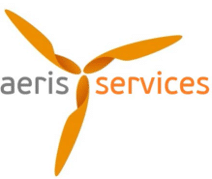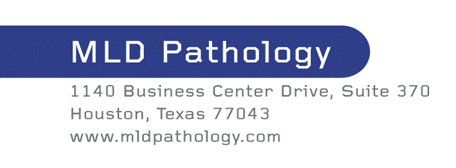The new Biden administration DOL overtime threshold rule will affect employers’ payrolls starting July 1, 2024.
Who This Update Affects
- Executive, Administrative, or Professional (EAP) employees earning less than $43,888 annually on July 1, 2024, and less than $58,656 on January 1, 2025.
- Highly Compensated Employees (HCE) now require a minimum of annual compensation of $132,964 on July 1, 2024 and $151,164 on January 1, 2025.
Employers are allowed to pay nondiscretionary bonuses and commissions up to 10% of the salary on an annual basis or make a final “catch-up” payment up to a month after the end of 52-week period to bring an employee’s compensation to meet the requirement.
What to Do
- Identify affected exempt employees that earn below $43,888 annually. Consider the impact on budgets and employee morale to either increase EAP exempt annual salaries and/or bonus or commission structures (up to 10% of annual salary) or convert employees to non-exempt (hourly) status.
- Decide how the impacted employee will be classified. If the employee classification changes, it’s critical to carry out the communication in a carefully planned manner including not only what is changing, but why it matters to both affected employees and their managers.
- Review and update job descriptions to ensure they are current, and duties meet the necessary exemption requirements.
- Provide written documentation to employees regarding changes, including new pay structures, work hours, and any other relevant information.
- Train managers on changes in employee classifications and scheduling workloads to mitigate risk of wage and hour violations.
Why Communication Matters!
Transparency and Trust
Employees are more likely to trust their employers if they feel that changes are communicated transparently and honestly. Unexplained changes can create anxiety and uncertainty, so clear communication helps mitigate these feelings by providing context and rationale.
Compliance and Legal Considerations
Some jurisdictions may require employers to inform employees of changes to their employment terms, including classification changes. Properly communicating changes helps prevent misunderstandings that could lead to grievances or legal challenges.
Understanding the Impact
A change in classification often affects pay structure, including overtime eligibility and how pay is calculated. Employees need to understand how this impacts their earnings. Non-exempt employees are typically paid hourly and may have different work hours and break requirements. It’s important to explain how this might affect their schedules.
Employee Morale and Engagement
Sudden or unexplained changes can negatively affect employee morale. Proper communication helps maintain a positive workplace environment. Employees who understand the reasons behind changes are more likely to remain engaged and motivated.
Professional Development
Employees may have concerns about how the change affects their career trajectory. Explaining the change helps them understand how it fits into their long-term career plans. Clarifying how their role and responsibilities may change ensures they understand how their skills will be utilized and developed.
Operational Efficiency
Clear and mindful communication helps ensure a smooth transition by addressing any questions or concerns upfront, allowing employees to adjust more easily. When employees understand the reasons behind changes, they are less likely to resist or be confused by new processes, reducing disruptions to operations.
Achilles Group works with businesses to navigate the complexities of making people decisions. By effectively communicating the reasons behind a change in DOL classification, you can nurture a positive workplace environment, ensure compliance, and maintain strong employee relationships.














































